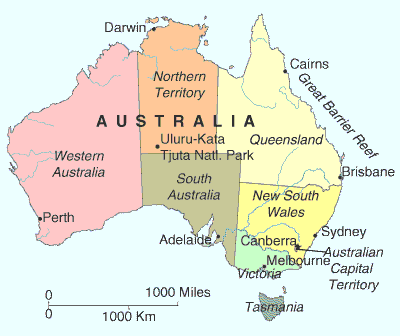
Australia has taken some big hits in the renewable energy sector lately. Late last month, wind power giant Vestas announced that it was pulling its manufacturing operations out of Australia, calling the market “unviable” and pointing out the government’s lack of direction and commitment to a renewable energy economy.
Now the New South Wales Greenhouse Gas Abatement Scheme (GGAS) is watching the price of carbon drop from $12 to around $6, threatening more than 1,000 “green collar” jobs in the only large-scale domestic energy efficiency and greenhouse program on the continent.
It began when the federal government announced plans for a national emissions trading scheme and its intention to get rid of other programs like GGAS. That caused the companies that were buying carbon credits under the New South Wales plan to stop because of the uncertainty of their long-term obligations to carbon emissions.
Businesses like Chevron and BP Australia are positioning themselves to due business in a carbon-constrained world, but again are unclear about about the regulations and markets the country may create. As Australia’s The Age put it, “in absence of a clear regulatory environment, they are uncertain how much to risk on investments to reduce emissions.”
Before a company gets involved in a carbon-trading market or begins cut emissions, the effects on the rest of the company must be understood. But as the Citigroup director of research pointed out, regulatory clarity is required before any sort of framework for major project decisions can be made. Movement like this “requires a strong carbon price signal.” Hopefully, Australia will soon give one.
I think you love dark color